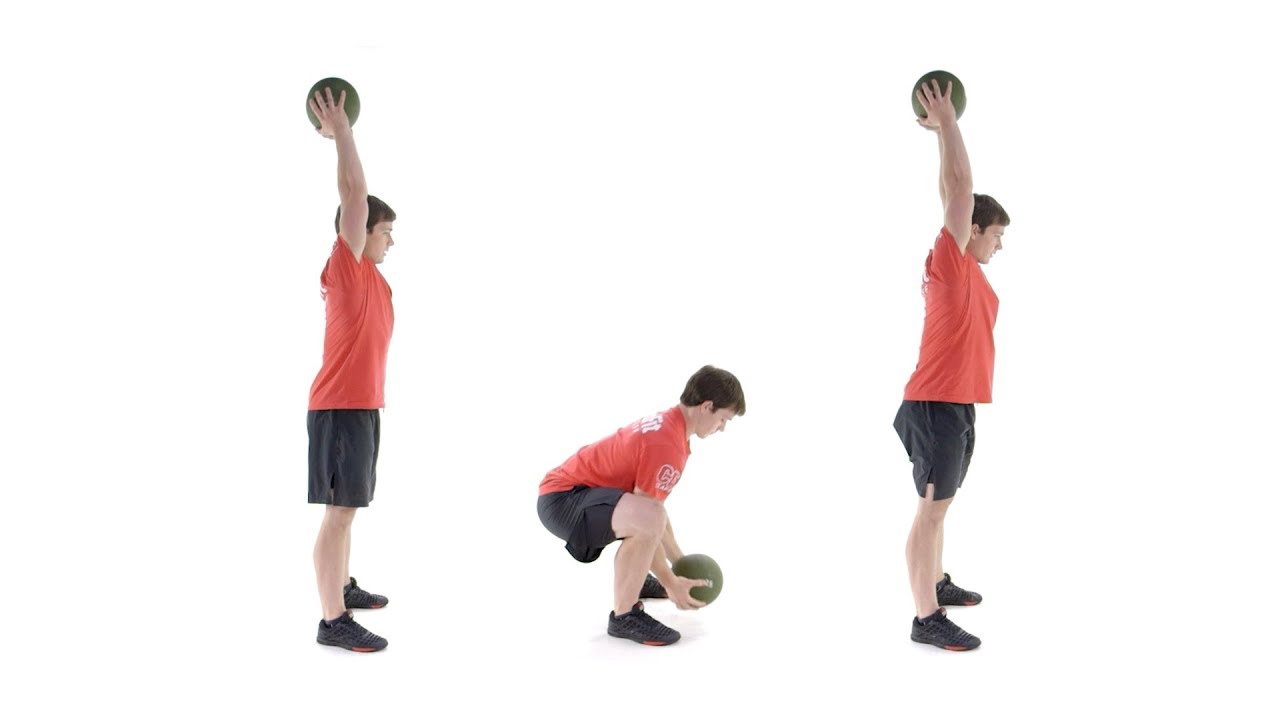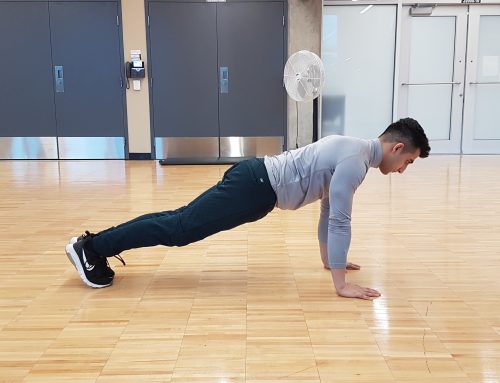 Medicine ball slams are an excellent form of full-body plyometric training designed to enhance all-around power and strength. This exercise movement can help enhance overall athletic performance, improve cardiovascular conditioning, and develop multi-directional core strength.
Medicine ball slams are an excellent form of full-body plyometric training designed to enhance all-around power and strength. This exercise movement can help enhance overall athletic performance, improve cardiovascular conditioning, and develop multi-directional core strength.
While they involve throwing, medicine ball slams aren’t just an arm exercise; they actually work your entire body. Your lower body and core have to engage to give maximum power and help protect your spine as you perform the forceful throws. Your cardiovascular system also has to work hard to keep up with energy demands, pumping up your metabolism to burn serious calories.
Slams are an excellent choice to include in a high-intensity interval training (HIIT) routine or to add as a cardiovascular finisher to the end of a strength training workout.1
How to do Ball Slams
- To start, stand tall with your feet roughly shoulder-width apart, your knees and hips slightly bent, holding a slam ball in both hands at your torso. Engage your core, drawing your abs toward your spine and rolling your shoulders back to start with perfect posture.
- Squat down slightly to load the spring. Then, in one powerful motion, inhale and press through your heels before rising up on the balls of your feet. Extend your knees and hips as you rise to power the upward swing of your arms and lift the slam ball overhead. The ball should be almost straight overhead with your arms extended at the height of the movement. Keep your arms straight and don’t lean back.
- Use your core and your arms to slam the ball straight down between your feet with as much force as you can. Press your hips back and bend your knees to further power the slam. Exhale as you slam the ball down.
- Squat down to pick up the ball from the floor, (try and keep your chest up) then immediately move into the next slam by powerfully using your calves, quads, hamstrings, and glutes to rise up to a standing position. Come up on the balls of your feet again as you lift the medicine ball overhead.
- Repeat for reps or time.
Notes:
- It’s important that non-bounce medicine balls are used for ball slams else it’s likely you’ll end up with a broken nose! Dead balls are a popular choice as they’re rubber balls filled with sand and will deform when impacted, with minimal bounce.
- Test how bouncy the ball is before starting the exercise!


